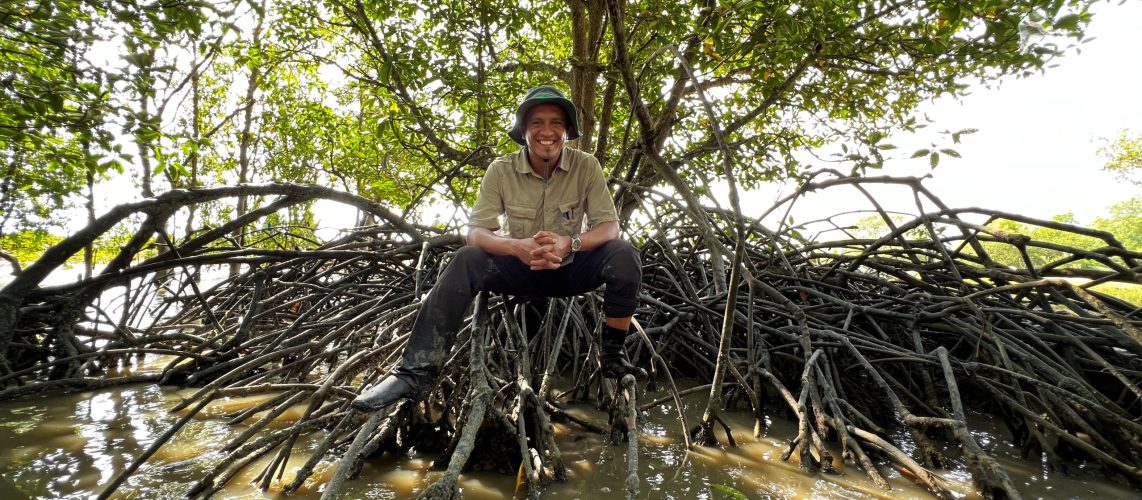This article has been published in New Straits Times on 26 November 2020.
AS we were going through the period of limited movement and progress during the pandemic, we heard and observed how the environment surrounding us was healing due to better quality of air and waterways.
However, the nation was shocked by environmental exposés in the past few months. First, a controversial 15-storey hotel project on Fraser’s Hill caused a stir within the environmental circle.
Colloquially known as Malaysia’s Little England, this vintage town should receive better attention from the authorities in terms of maintenance of ecological and socio-cultural values and heritage.
During a recent visit to Fraser’s Hill, it was astonishing to visualise the environmental impact this proposed development would have not only on the site but also the surrounding vicinity. Physical damage, and associated risks and hazards are anticipated in a sensitive site like Fraser’s Hill.
The construction, which includes piling and transportation of materials by lorries and machinery, would affect not only the stability of the site and its immediate surroundings, but also the town, especially the small roads that link the population with the world.
Effluents and run-offs would not only affect the lake adjacent to the site, but would also spill over and affect the quality of rivers and channels, impacting other habitats, ecosystems and communities downstream.
The primary focus should be on improving the facilities and amenities of the township based on the critical needs of the community and the environmental carrying capacity of the area.
A second shocking revelation was made by media outlets on the uncontrolled conversion of mangroves in Manjong, Perak, for the development of aquaculture ponds.
Aerial images show that massive mangrove habitat loss and increased pollutants in the river has tremendous impact on water quality, including causing a major decline in the fish catch and income of people who rely on artisanal fishing.
Such loss exposes the whole coastal community to a higher risk from coastal and oceanic hazards and disasters, especially in the face of global climate change, which bring with it an increase in sea levels that lead to rapid coastal erosion, tidal flooding and saltwater inundation. This leaves the community vulnerable.
Both highlands and coastal forested wetlands like mangroves are classified by the authorities as Environmentally Sensitive Areas (ESAs). ESAs are identified and recognised to ensure sustainable management of resources, as well as to maintain the sustainability of our natural surroundings.
Malaysia’s National Physical Plan (NPP) clearly define ESAs according to our environmental, physical, cultural and climate contexts. The NPP strictly advises that ESAs remain untouched and must be conserved or sustainably managed depending on the type, characteristic and level of sensitivity and importance.
ESAs are ranked in three categories.
RANK 1 ESAs: No development, agriculture or logging should be permitted except for low-impact nature tourism activities, and for research and education purposes. Areas ranked in this category include the existing and proposed protected areas, as well as important habitats such as turtle landing sites, salt licks, important plant areas, limestone outcrops and natural wetlands of high conservation value.
Rank 1 ESAs include water catchment areas where dams and proposed dams are located, and areas with an altitude of above 1,000m.
RANK 2 ESAs: These include other forests and wetlands outside protected area and areas with an altitude of between 300m and 1,000m. Sustainable logging and low-impact tourism are allowed in Rank 2 ESAs, but no physical development and agriculture activities are permitted.
RANK 3 ESAs: These include all marine parks, catchment zones for water intake and groundwater recharge, as well as areas with critical and significant risk of erosion, and areas with an altitude of between 150m and 300m. Minimal and strictly controlled development may be allowed in these areas depending on the type and intensity of the projected impact and constraints.
The guidelines in the NPP are very clear and justified. It then falls on the state governments as the landowners whether to implement these measures. Let us seriously reflect on the scale and magnitude of our actions today to not compromise the equitable needs of our future generations.
